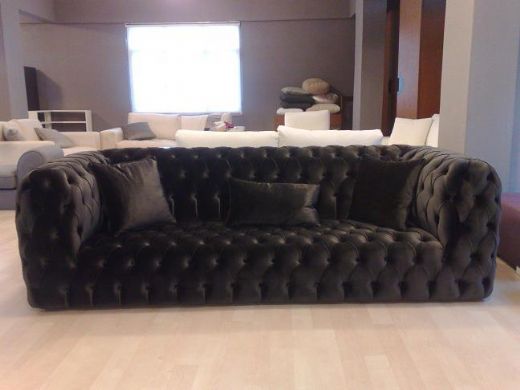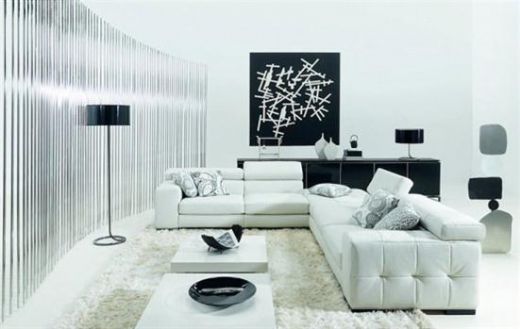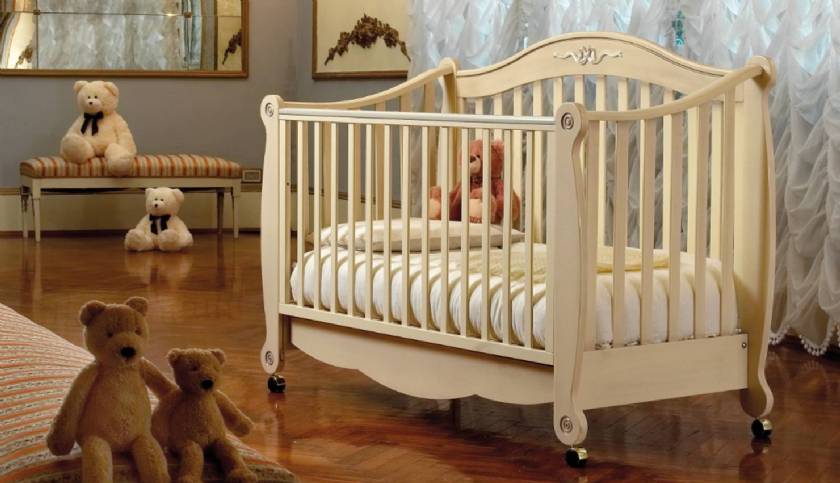Living Room Sofa Designs: Creating Comfort and Style for Your Home
Your living room is the heart of your home, and choosing the perfect sofa can transform this space into a haven of comfort and style. At LivingRoomSofa.us, we specialize in helping you find the ideal sofa designs to suit your taste, lifestyle, and space requirements.
The Importance of a Living Room Sofa
A sofa isn't just a piece of furniture—it's where you relax after a long day, host guests, and create lasting memories with loved ones. The right sofa design not only enhances the aesthetics of your living room but also provides the comfort and functionality you need for everyday living.
Popular Living Room Sofa Styles
- Sectional Sofas: Perfect for larger living rooms, sectional sofas provide ample seating and flexibility in arrangement.
- Loveseats: Ideal for smaller spaces, loveseats bring charm and coziness to any living room.
- Recliner Sofas: Combining relaxation and luxury, recliner sofas are perfect for movie nights or unwinding after a busy day.
- Modern Minimalist Sofas: Sleek and stylish, these sofa designs work well in contemporary living rooms with clean lines and neutral colors.
- Classic Chesterfields: For a touch of elegance, Chesterfield sofas add timeless sophistication to any living room setting.
How to Choose the Perfect Sofa
When selecting a sofa for your living room, consider the following factors:
- Size: Ensure the sofa fits your space without overwhelming the room.
- Material: Choose between durable fabrics, luxurious leather, or eco-friendly options.
- Color: Opt for colors that complement your existing decor or make a bold statement.
- Functionality: Look for additional features like storage, pull-out beds, or reclining capabilities.
At LivingRoomSofa.us, we understand that every home is unique. That's why we offer a wide range of sofa designs to meet diverse needs and preferences.
Why Choose LivingRoomSofa.us?
We are committed to providing high-quality, stylish, and comfortable sofa designs that elevate your living room. With expert tips, a vast collection, and affordable options, LivingRoomSofa.us is your go-to destination for transforming your living room into a space you'll love.
Visit LivingRoomSofa.us today and discover the perfect sofa to complete your dream living room!
Exclusive Living Room Designs
Living Room Sofa Designs
The living room is often considered the heart of the home, where family and friends gather to relax and spend quality time. A well-designed sofa not only enhances the aesthetic appeal of your space but also provides the comfort and functionality essential for this central area.
When choosing a living room sofa, several factors come into play, such as style, size, material, and color. Popular designs range from the timeless elegance of sectional sofas, perfect for larger living rooms, to the compact versatility of loveseats, ideal for smaller spaces. Modern sofa designs often incorporate clean lines and minimalist aesthetics, while traditional options may feature ornate detailing and plush upholstery.
Material selection is crucial for both durability and style. Leather sofas are a classic choice, offering a luxurious look and easy maintenance, while fabric sofas come in a wide variety of patterns and textures to suit any living room theme. For added functionality, consider sofa beds or reclining sofa options, which can transform your living room into a multi-purpose space.
Whether you're looking for a statement piece or something to seamlessly blend with your décor, the right sofa can redefine your living room. Remember to balance design with comfort, as the living room is a space meant for relaxation and enjoyment.

















